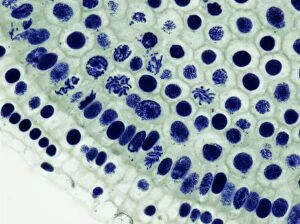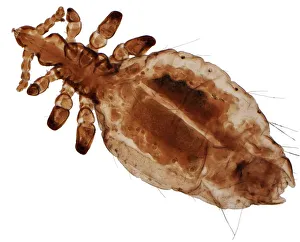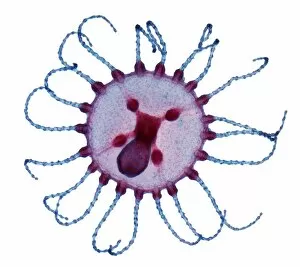Biologica Collection
"Exploring the Intricacies of Life: A Journey through Biologica" Embarking on a microscopic adventure, we delve into the fascinating world of biology
All Professionally Made to Order for Quick Shipping
"Exploring the Intricacies of Life: A Journey through Biologica" Embarking on a microscopic adventure, we delve into the fascinating world of biology. From the intricate process of mitosis to the minuscule human head louse observed under a light microscope (LM), every discovery brings us closer to understanding life's wonders. In our exploration, we encounter SCHWANN, Theodor (1810 - 1882), a German physiologist whose groundbreaking research revolutionized our knowledge of animal cells. His work laid the foundation for modern cell theory and propelled us further into unraveling life's mysteries. Moving from animals to plants, we stumble upon Matthias Jakob SCHLEIDEN (1804-1881), a German botanist who played an integral role in establishing plant cell theory. Through his observations using LM, he discovered that all plant tissues are composed of cells—an insight that forever changed our perception of botanical life. As we navigate through time and space within Biologica, we come across Pierre TEILHARD DE CHARDIN (1881 - 1955). This French philosopher and paleontologist contemplated evolution and spirituality in his works, bridging science with philosophy as he pondered humanity's place in the grand tapestry of existence. Our journey takes us deeper into nature's realm as we marvel at a delicate flower bud captured under LM. Its vibrant colors and intricate structures remind us that even within something seemingly simple lies an astonishing complexity waiting to be unraveled. Venturing further still, we encounter tiny yet resilient creatures such as human fleas observed under LM. These parasites have adapted over time to survive amidst their hosts' constant movement—a testament to nature's ingenuity and adaptability. Intriguingly shaped mushroom gills come into focus next—each one housing countless spores ready for dispersal. Underneath this fungal canopy lies another example of nature's ingenious design, the xylem.











